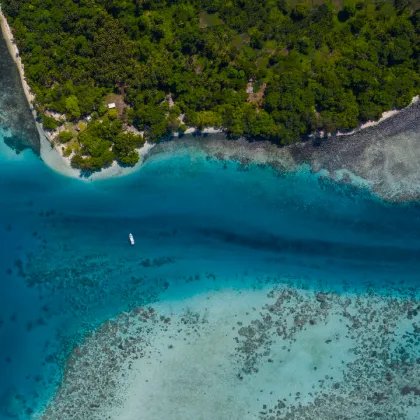Welcome to the Kilimanjaro FAQ, your comprehensive guide to one of the most iconic and awe-inspiring mountains on Earth. Mount Kilimanjaro, located in Tanzania, is Africa's highest peak and a dream destination for adventurers and nature enthusiasts alike. Whether you're an experienced mountaineer or a first-time hiker, this FAQ is designed to provide you with essential information and answers to common questions about conquering Kilimanjaro.
The length of a Kilimanjaro Climb can vary depending on the route chosen, but most climbs take between five to nine days.
Yes, Climbing Kilimanjaro can be quite challenging, as it is a high-altitude climb and requires a good level of physical fitness and endurance.
Yes, it is required to have a guide When To Climbing Kilimanjaro. This is for safety reasons and to ensure that climbers stay on designated trails and campsites.
The Best Time To Climb Kilimanjaro is during the dry season, which runs from late June to October and from December to March.
The Kilimanjaro Climb Cost can vary depending on the tour operator and the route chosen, but a typical climb can cost between $1,500 and $5,000.
While previous climbing experience is helpful, it is not required to climb Kilimanjaro. However, it is important to be physically fit and mentally prepared for the climb.
Around 35,000 to 50,000 people attempt to climb Kilimanjaro each year.
Yes, altitude sickness is a potential concern when climbing Kilimanjaro. Climbers should take proper precautions, such as ascending
There are several routes to climb Kilimanjaro, including the Marangu, Machame, Lemosho, Rongai, Northern Circuit, and Umbwe routes.
The Marangu Route is the shortest and most popular route, taking five to six days to climb.
The success rate for climbing Kilimanjaro varies by route and tour operator, but on average, it is around 60-70%.
Accommodation on Kilimanjaro varies depending on the route and tour operator, but generally, climbers stay in tents or huts along the route.
Yes, Kilimanjaro climbs are generally safe, as long as climbers follow safety guidelines and take proper precautions.
There is no official age limit for Kilimanjaro Climbing Tours, but climbers should be in the good physical condition and have proper gear and equipment. Some tour operators may have their own age restrictions, so it's important to check with them before booking a climb.
This Kilimanjaro Climbing Guide is for you. It takes the most frequently asked questions and common misconceptions about climbing Kilimanjaro and sets the record straight. Let's Start!

Will Enlighten You Through the best of Tanzania's sights

chance to experience the country's rich culture and history.
Looking to start planning an incredible adventure? Plan a truly bespoke experience with our Travel Designers today.